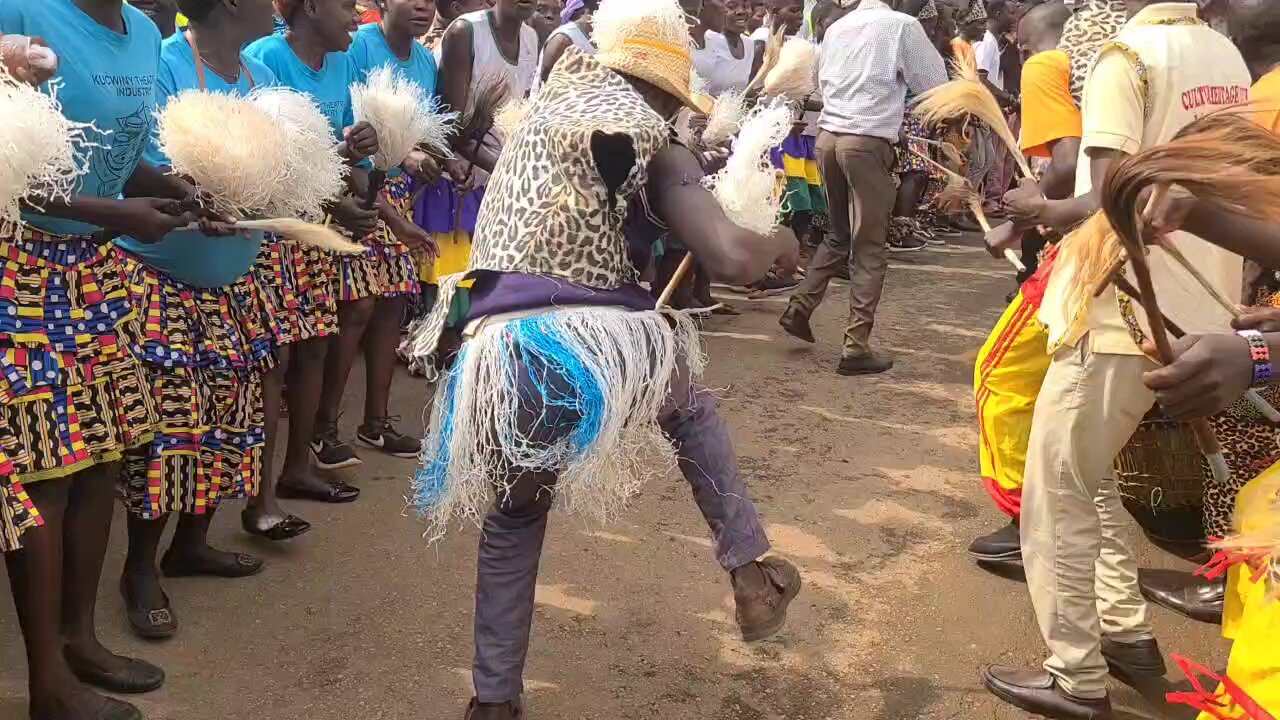Premium Only Content

𝚃𝚑𝚎 𝙰𝚕𝚞𝚛 𝚝𝚛𝚒𝚋𝚎
The Alur are an ethnic group primarily found in northwestern Uganda, particularly in the Nebbi, Zombo, and Arua districts, and also in the northeastern Democratic Republic of Congo. They are part of the larger Luo group and speak the Alur language, which is closely related to Acholi. The Alur maintain a strong connection to their traditional kingdom, which was notably unaffected by the Ugandan ban on monarchies in 1966. The king is referred to as "Rwoth."
Culture
The Alur culture is rich and deeply rooted in tradition:
* Social Structure: Alur society is traditionally organized into clans, each led by a chief, with a hierarchical system that ensures order and governance.
* Beliefs: Traditionally animistic, the Alur believe in spirits and supernatural forces, and place significant importance on ancestral worship, believing ancestors provide guidance and protection. They also believe in a supreme deity called Jok, the creator of the universe, and other lesser deities like Nyarwek.
* Economic Activities: Agriculture is central to their livelihood, with crops like millet, sorghum, and cassava being staples. Fishing in Lake Albert and the Nile River is also important.
* Traditional Attire: Men often wear a kanzu (a long white robe), while women adorn themselves in colorful gomesi (a traditional dress with a sash). These are worn during cultural ceremonies and festivals.
* Rituals and Ceremonies: These include ancestral worship, initiation rites for boys and girls transitioning into adulthood, and agricultural rituals to ensure good harvests. Respect for women and their dignity is a notable aspect of Alur culture, with specific traditions like the "Paladir" (girl's waist knife) and "Otigo Cing" (hand beads for menstruation) signifying important life stages and values.
Dance
Music and dance are integral to Alur culture, serving as a means of expression, storytelling, and celebration. Traditional instruments like the adungu (a type of harp) and drums are commonly used.
One of the most prominent Alur dances is the Agwara dance.
* Description: Agwara is a royal dance, traditionally performed in the presence of the king (Rwot). It is performed by both men and women during social occasions.
* Movements: Dancers form linear and circular patterns, characterized by leg and waist twisting. Ankle bells are often worn to emphasize footwork.
* Music: The dance is accompanied by drums and is named after the sound of trumpets (agwaras), which are also used in the performance.
* Significance: Historically, Agwara was performed at rituals to worship or appease gods, to ask for good harvests, at midsummer or midwinter festivals, or during new lunar phases or when rain was needed. There are different types, such as "Kwaya" or "Mbaka" for clan competitions, and "Selewa" for thanksgiving.
* Symbolism: The dance often features men and women dancing in constantly switching formations, sometimes with the men's line enclosing the women's, eventually forming a circle that symbolizes the tight fence of the kingdom, representing protection and thriving within the community.
Other dances include the Ndara dance, which also showcases their vibrant cultural heritage, often featuring instruments like the Ndara, Dongo, and Ubilu.
-
 2:18:15
2:18:15
Badlands Media
8 hours agoOnlyLands Ep. 25: Erica Kirk Steps Up, Antifa Fallout, and Global Sparks
84K25 -
 2:05:01
2:05:01
TimcastIRL
11 hours agoTrump Just Ended H1B Visas In Major Crackdown, Charging $100k Per Visa | Timcast IRL
297K195 -
 4:02:20
4:02:20
Nerdrotic
17 hours ago $29.88 earnedKimmel MELTDOWN | Hollywood Boycotts Disney | Friday Night Tights 372 with Kaida
134K22 -
 34:08
34:08
Bannons War Room
11 hours agoMEGYN KELLY: Jimmy Kimmel and Sore Cultural Losers, and Charlie Kirk's Spiritual Revival, w/ Bannon
97K93 -
 59:27
59:27
NAG Podcast
12 hours agoBrandon Straka: BOLDTALK with Angela Belcamino
88.2K13 -
 59:43
59:43
Sarah Westall
10 hours agoVietnam Shuts down 86 Million Bank Accounts, The Fourth Turning & more w/ Andy Schectman
67.3K17 -
 1:17:51
1:17:51
Flyover Conservatives
17 hours agoMary Flynn O’Neill and Clay Clark: The Church Must Rise or America Falls | FOC Show
66.3K12 -
 3:36:01
3:36:01
I_Came_With_Fire_Podcast
19 hours agoThe Global ANTIFA Connection You've Never Heard Of | The Israel Question
54.2K18 -
 16:38
16:38
RTT: Guns & Gear
1 day ago $6.50 earnedExtar EP9 Review: The Best Budget 9mm PCC?
64.1K6 -
 7:53
7:53
Rethinking the Dollar
20 hours agoMass Firings in Tech: The Real Agenda Behind 166,000 Cuts
65.9K18